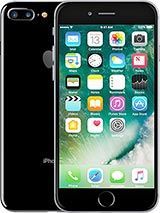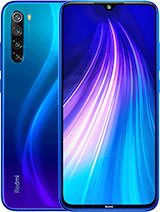Main
Model
Price
Advantages
launch
Announced
Status
platform
OS
Chipset
CPU
GPU
camera
Rear
Front
Video
Features
display
Size
Resolution
Technology
Protection
Multitouch
battery
General
Stand By
Talk time
Playing Music
Charging
body
Dimensions
Weight
SIM card
Build
Miscellaneous
Colors
memory
Internal Storage & RAM
Card slot
comms
WLAN
Bluetooth
GPS
NFC
Radio
USB
Infrared port
features
Sensors
Messaging
Browser
Java
sound
3.5mm jack
network
Technology
2G bands
3G bands
4G bands
Speed
GPRS
EDGE
Videos
Summary
The Xiaomi Redmi Note 8 uses a more powerful CPU Octa-core (4x2.0 GHz Kryo 260 Gold & 4x1.8 GHz Kryo 260 Silver) in comparison with the iPhone 7 Plus. It is an important specification of this phone as powerful processor allows the owner to perform multiple tasks easily.
The Xiaomi Redmi Note 8 has 4K UHD (1080 x 2340 pixels) display resolution with 409 ppi pixel density which is better in compare to the iPhone 7 Plus 2K HD (1080 x 1920 pixels) display resolution with 400 ppi pixel density. It makes this phone a better choice for playing games. The iPhone 7 Plus smartphone is easier to use as it has more portable dimensions in comparison to the Xiaomi Redmi Note 8: 158.2 x 77.9 x 7.3 mm versus 158.3 x 75.3 x 8.4 mm. The Apple iPhone 7 Plus cell phone weight 188g which is 2g less than the weight of the Redmi Note 8.
The Redmi Note 8 model is produced with a card slot. It's a pleasant bonus: the owner can easily extend internal storage and transfer files. The Redmi Note 8 is produced with a 3.5mm jack which is the most easy way to connect headset for listening music. The Xiaomi Redmi Note 8 has a better battery life as it is equipped with 4000mah battery which is 1100mah bigger than the Apple iPhone 7 Plus cell. It means that this phone can be used longer without charging.
Considering the above-mentioned differences the Xiaomi Redmi Note 8 is the best buy. Check the list of the best offers on Amazon.


